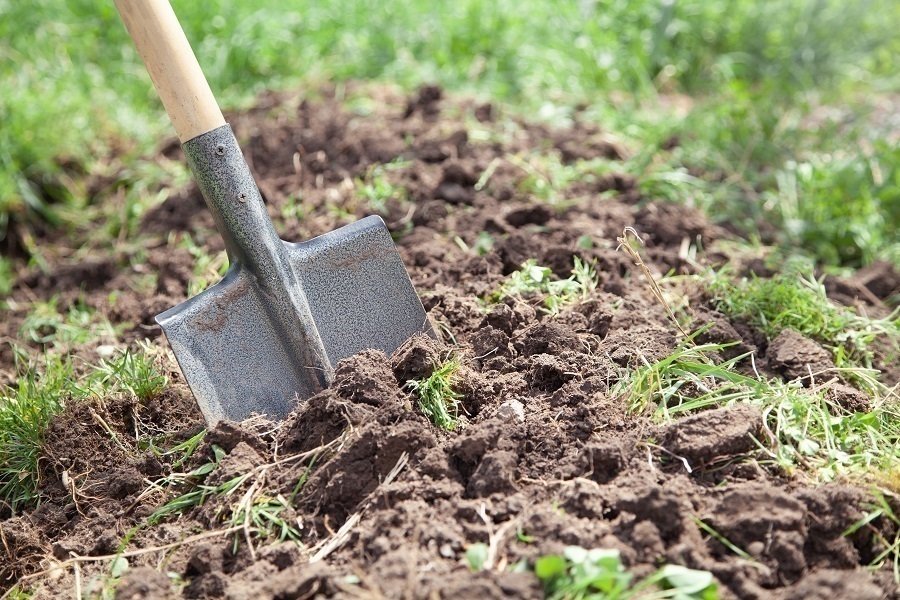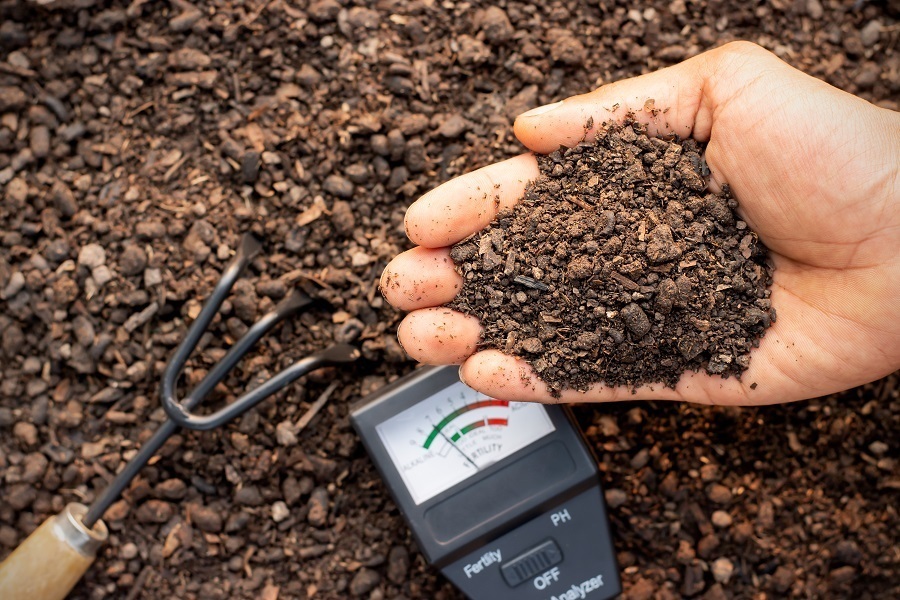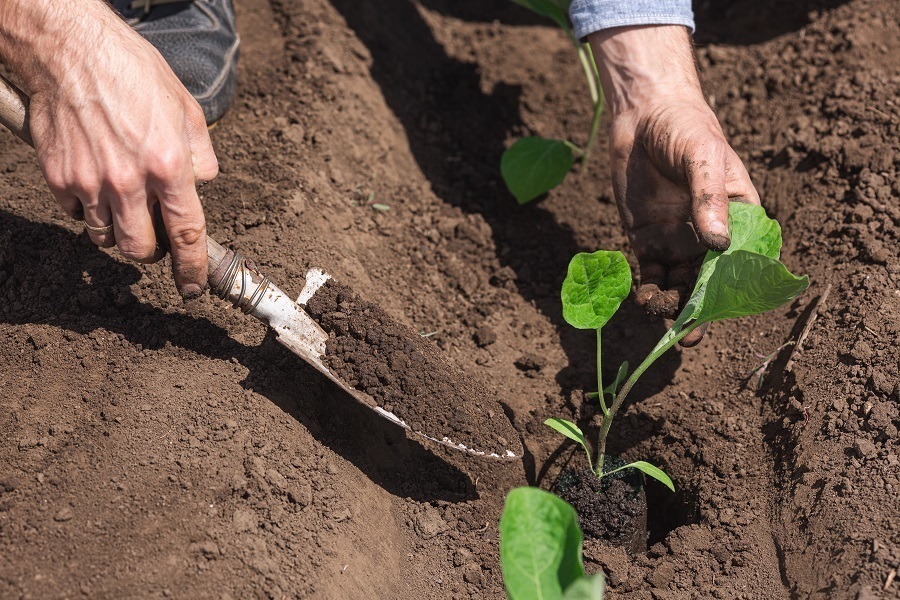Last updated on
Here are six simple tips from the professionals that will get you started gardening in no time. Read on!
It may seem overwhelming when you begin gardening to have so much to learn and many questions.
What soil is ideal for planting vegetables in, and how should you do it? When should you divide your hostas and prune your hydrangeas? Is there enough water and sunlight for everything?
Good news: nature is an excellent teacher. You’ll discover details about what helps and what doesn’t as you garden.
But for the time being, let the experts assist you in locating the responses to some of the most common queries that newcomers have. Also, remember to enjoy yourself while raising your food and lovely flowers in your yard!
What's Inside
Start Searching

Take a stroll through your current landscaping to look for evidence of growth and damage, noting any areas that require attention. Look for spring bulb sprouting, tree and shrub bud growth, turf grass greening, etc.
As the folks at Urban Organic Yield say, every homeowner desires a beautiful, green lawn with attractive landscaping. To that end, it is so important to discover all types of plants. Once you discover all the types, you can learn the techniques for caring for those plants.
The first thing you should do when starting is to create a landscape plan. Creating a straightforward list of objectives and issues to be resolved can be very helpful.
Consider some difficulties unique to your landscape when scouting. Are there places where soil washes out or where water pools? What about locations where it dries up quickly after rain? Do you intend to remove any current seedlings, such as invasive species? How much natural light does your environment obtain throughout the day in each area?
These elements should help you choose the right plants and will help you prepare a plan for the environmental requirements of your garden or landscape.
Perform a Basic Checkup
Don’t forget to check the hardscaped areas as well. Spend some time inspecting containers, raised beds, and potted plants for damage or cracks, and repair or replace them as necessary.
Test rocks and brickwork for frost heaves and cracks. Patio areas and decks should be cleaned, and any necessary repairs should be made now so they can be used as the climate warms.
The Beginning
If you are just starting to improve your landscape, consider any plants to see if they complement or take away from your idealized vision.
Choose any plants that are already present in your environment that you would like to keep and that seem healthy. Find out what they are, what they need to grow well, and what they add to the landscape by doing some research.
Examine Your Soil

Always start your garden from the bottom up. Have you recently had the soil in your planting area tested? If not, you should proceed in this manner.
The soil should be tested before planting or adding any soil amendments. The existing pH level (alkalinity or acidity), soil texture (sand, loam, clay, or a combination of these), major macronutrients, and micronutrients will all be determined by a good soil test.
You will also receive recommendations for soil amendments to make any necessary adjustments.
Soil Conditioning
Observe any recommendations for soil amendments made by your soil testing. Keep in mind that sometimes, less is better!
Be sure to carefully read all warnings on product labels. Always follow the instructions on the product label if there is a conflict between the recommendations.
Utilizing any chemical fertilizer, pesticides, or herbicides close to water bodies should be done with extreme caution. This will stop fertilizers from being applied excessively, which could harm plants or contaminate streams or groundwater, not to mention cost you the money you don’t need to spend.
Existing beds should either be cleared of winter mulch or, if composted, worked into the soil. Collaborate with some well-rotted manure or compost if it hasn’t already been done. Compost and other organic matter improve soil aeration, microorganism activity, and water retention.
Planting Rules

When planting, there are some general guidelines to remember. Although inappropriate seeding depth can be a problem with any plant, it is more frequently seen with trees and shrubs because it can be harder to tell where the trunk ends and the roots begin.
When transferring soil from a container into the garden, be careful not to raise or lower it from its current level. To avoid exposing any roots, the flare of the trunk should simply be visible above the soil line for shrubs and trees.
The seeding hole should be roughly twice as large as the current root ball while also keeping the soil level on the plant’s main stem.
Always take out any girdling wires or twine before planting, and be sure to untangle any tense roots. Fill the area around the plant with a combination of current soil and compost after it is positioned in the hole’s center at the proper level.
If necessary, remove any air pockets from the soil mixture by pressing it in strongly enough to keep the plant upright without compacting it.
Starting a garden is difficult and frequently seems demanding, but using these tips will ensure a lovely, long-lasting garden you can enjoy throughout the year.




